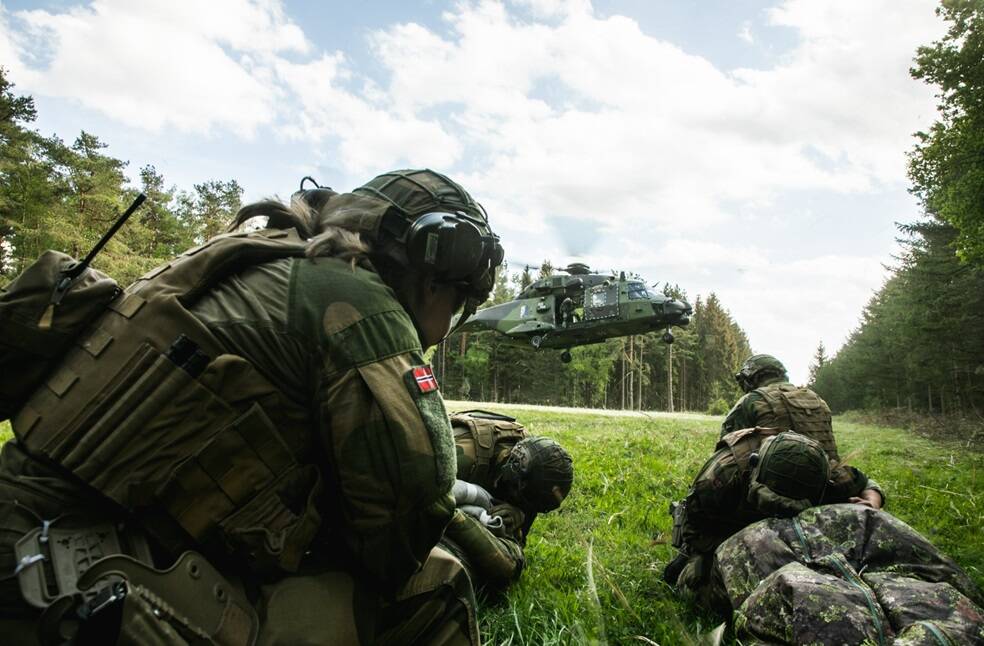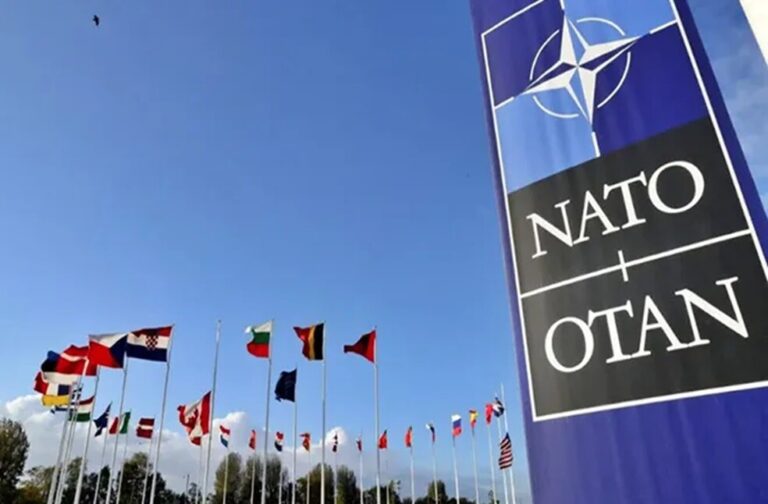Brussels: The North Atlantic Treaty Organisation (NATO) is set to issue its first-ever defence industrial pledge at its Washington summit.
The significant decision aims to accelerate arms production and enforce stricter standardisation of ammunition to ensure the interoperability of shells on the battlefield.
While NATO enforces standards for rounds fired by small arms such as assault rifles, artillery shells pose a more complex challenge. Despite having a NATO standard for artillery ammunition, its voluntary implementation has led to market fragmentation and supply chain issues.

Fourteen NATO nations have reserved the right to deviate from this standard. The different rounds can still be used in all howitzers, but the operators must enter the shell specifications into the weapon system to avoid significant targeting errors.
NATO aims to rectify these issues by ensuring companies provide all necessary data and promoting more common standards, simplifying logistics and operations.
“A world in which there was one standardized NATO round, where every ally produced the same thing, would be a much simpler world for military commanders,” a NATO official remarked. This standardisation would streamline logistics, making it easier to allocate and use munitions efficiently.

However, NATO may face resistance from munitions manufacturers, as increased standardisation could heighten competition and lower prices.
In addition to standardisation, NATO leaders have to annually report about meeting the alliance’s defence targets and increasing arms production, especially for critical ammunition like artillery shells and air defence missiles. This move is part of a broader effort to bolster arms production, with NATO allies already ramping up ammunition production from a few hundred thousand artillery shells annually before the war to an expected three million rounds by 2025.



